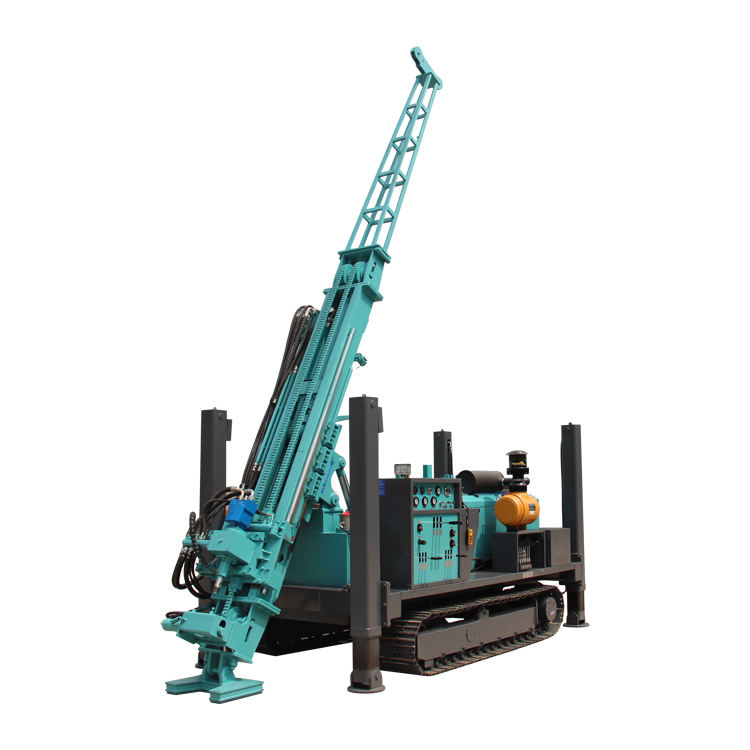Deep hole drilling is an opportunity for drillers to showcase their skills. Most drillers believe that if a hole is more than 1500 meters deep, it is a deep hole. At that depth, the holes are a little more complicated and extra care is required. Now it's time for you to step up to the plate and show your supervisor that you can shoulder the added weight. You don't want to mess it up, and the deeper the hole, the more money you'll have to invest. A single mistake in deep hole construction can cost a lot of time and money.
With that in mind, here are 7 tips that will help you drill deep holes with fewer problems.

1. The operation should be slow and steady
When drilling deep holes, you are wiser to go slow and steady. This will reduce stress on the equipment and reduce the number of lifts required. When you lift a drill from a 1,500-meter hole, no one makes money. I cannot overemphasize the need for patience when drilling deep holes. You need to take time to think things through and be 200% sure about what you are doing. Burning a drill at 100 meters is a nuisance, but burning a drill at 1,500 meters is a big problem. Mistakes in deep holes can make the consequences more serious.
2. Carefully inspect and maintain equipment and tools
It is best to carefully inspect the parts of the inner tube, including the core retainer, retainer seat, joints, bearings, springs, spearheads, locks and balls, and pins. Make sure each part is working properly and all parts are clean and lubricated. Use degreaser when necessary. Remember, clean and lubricated equipment descends faster.
3. Prevent hole deviation
When drilling deep holes, hitting the target is critical. The deeper the hole, the greater the possibility of deviation. Do everything you can to prevent the hole from deviating. Prevention is easier, cheaper and faster than dealing with a deviated hole.
4. Consider using a higher drill bit carcass
Choosing to use a 20mm or 26mm carcass, such as Vulcans, can increase drill bit life and reduce the number of drill pulls. It has been shown that using a 26mm high carcass drill bit instead of a 13mm carcass drill bit can reduce drill pulls by more than 50%. However, this is a big however, only if you know the formation you are drilling very well. Remember, even if you finish the first hole, the second hole may not be the same.
5. Use drilling fluid additives
In deep hole drilling, even if things are going well, you should pay attention to the application of mud. Use polymers and add drilling fluid additives suitable for the type of formation you are drilling
6. Choose qualified drill rods
Make sure your drill rod is straight. Choose the rod thread carefully and be sure to use a high-quality thread compound with at least 50% zinc, such as Pipe Dope. Deep hole threads are the best choice.
7. Choose the right drill bit
In addition to choosing a drill bit suitable for the hardness of the formation, you should also consider using a full-section matrix, which can help increase the service life of the drill bit in deep holes. When choosing a core drill bit for deep holes, you should first look at the drill bit life, not the drilling speed.
 Mobile:
Mobile: E-mail:
E-mail: